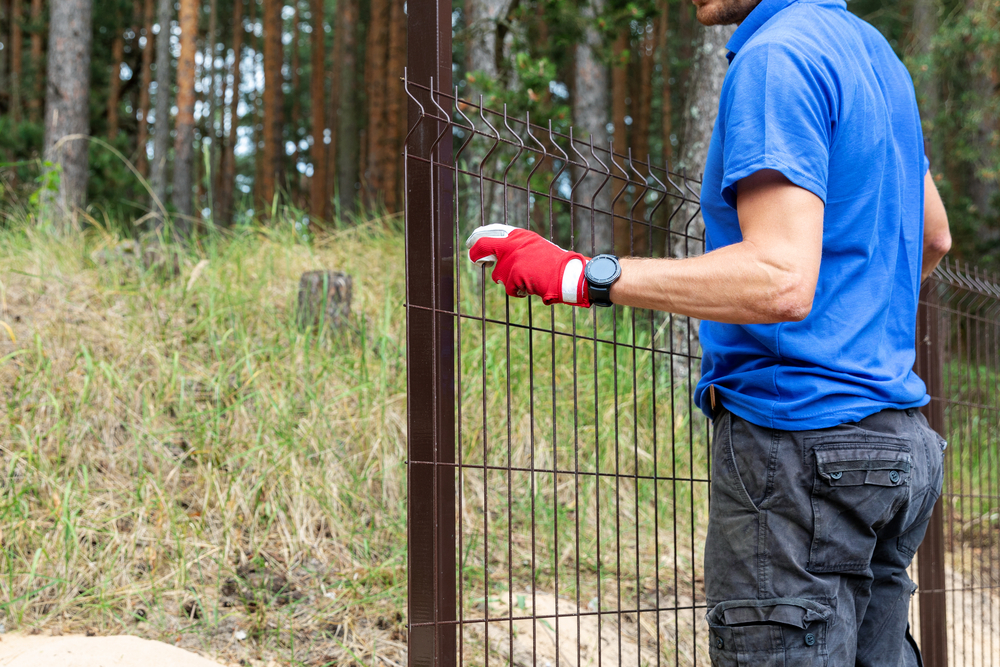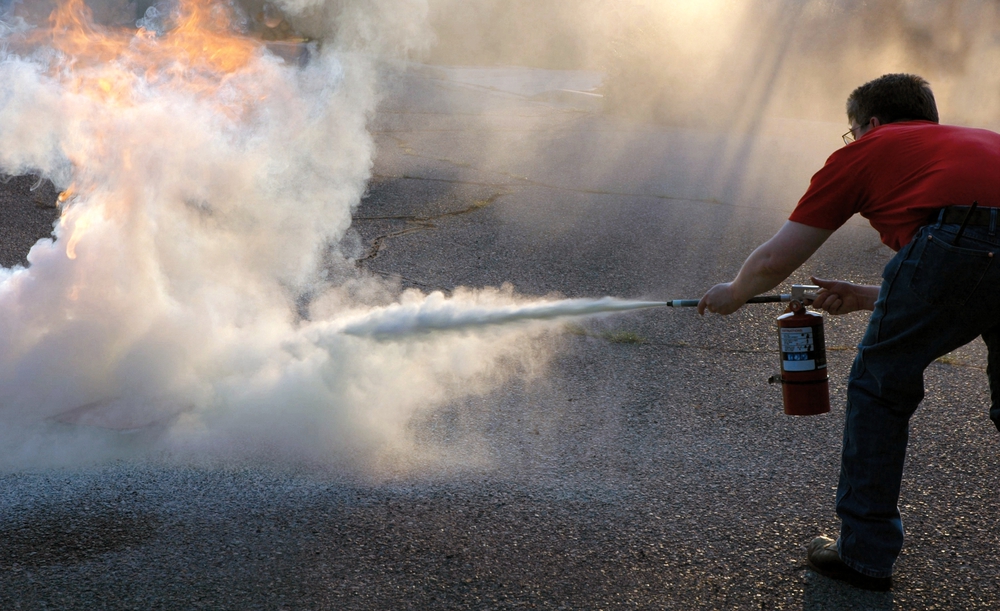Security fencing serves as the first line of defence against potential intruders, providing both a physical barrier and a psychological deterrent.
However, with the myriad of options available, choosing the most suitable security fencing can be daunting. Here, we explore key factors to consider, ensuring your choice not only enhances security but also complements your property’s aesthetic and functional requirements.

Purpose and Security Level
Before delving into the vast pool of fencing options, clarify the primary purpose of your security fencing. Is it to deter opportunistic burglars, prevent vandalism, or simply mark the perimeter of your property?
The level of security needed will significantly influence your choice of material, design, and height. High-security environments may require robust materials like steel with anti-climb features, whereas residential areas might benefit from aesthetically pleasing yet secure options like wrought iron or composite materials.
Material Durability and Maintenance
The choice of material is paramount when selecting security fencing. Options range from wrought iron, steel, and aluminium to wood, vinyl, and composite materials. Each material offers distinct advantages and potential drawbacks. Metal fences, for example, are known for their durability and strength but may require rust prevention treatments. Wooden fences offer natural beauty but demand regular maintenance to prevent decay. Consider the local climate and potential wear and tear over time to ensure your fencing remains secure and visually appealing for years to come.
Design and Aesthetic Appeal
While security is the primary concern, the design of your fencing should not be overlooked. The right design can enhance the appearance of your property, contributing to its overall curb appeal. Look for designs that complement the architectural style of your property without compromising security features. For instance, spear-topped bars add an extra layer of protection while providing a classic look. Additionally, consider the transparency of your fence; while solid fences offer privacy, they can also provide cover for intruders, so a balance must be struck based on your specific needs.
Height and Access Control
The height of your security fencing is a crucial deterrent factor. Generally, a fence should be at least 2 metres tall to prevent easy scaling. However, local planning regulations may limit the height of fencing, so it’s essential to check these before installation. Integrating access control systems, such as automated gates with keypad or card access, can further enhance security by regulating who enters and exits your property.
Legal Compliance and Neighbour Considerations
Before installing security fencing, familiarise yourself with local building codes and regulations to ensure compliance. You may need to obtain planning permission, especially for high or visually impactful fences. Additionally, consider discussing your fencing plans with neighbours to avoid potential disputes, particularly if the installation will affect their property or views.
Professional Installation and Warranty
The effectiveness of your security fencing panels is also dependent on the quality of installation. Engaging with reputable professionals who specialise in security fencing ensures that your fence is installed correctly and functions as intended. Furthermore, inquire about warranties and after-sales support, as these can provide peace of mind and protection against future issues.

